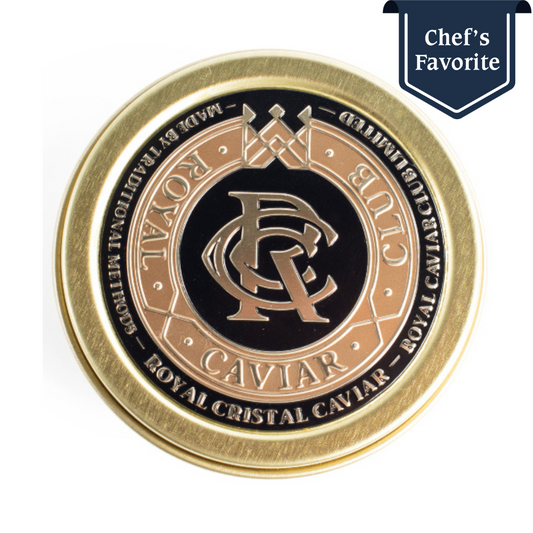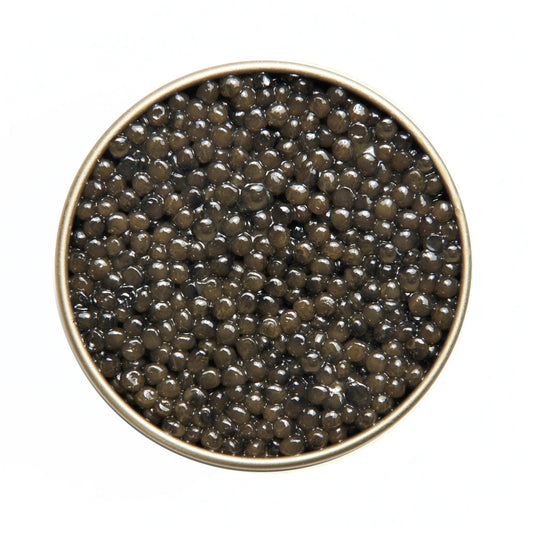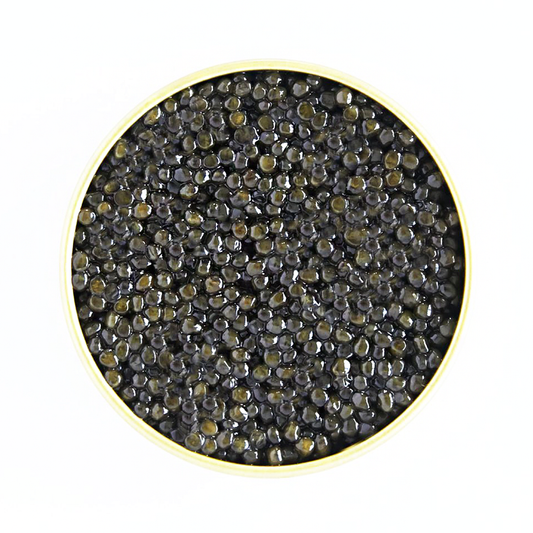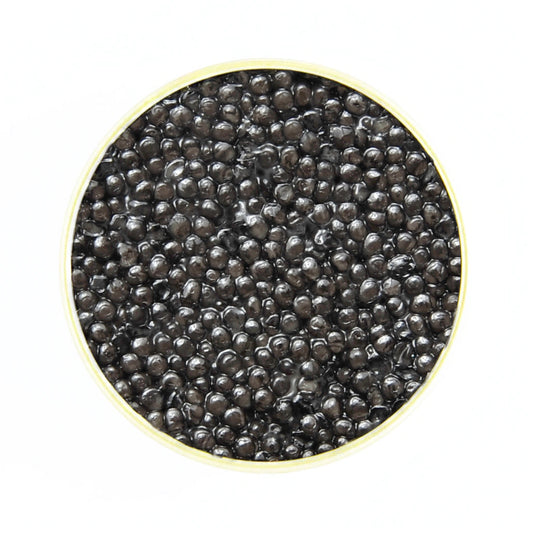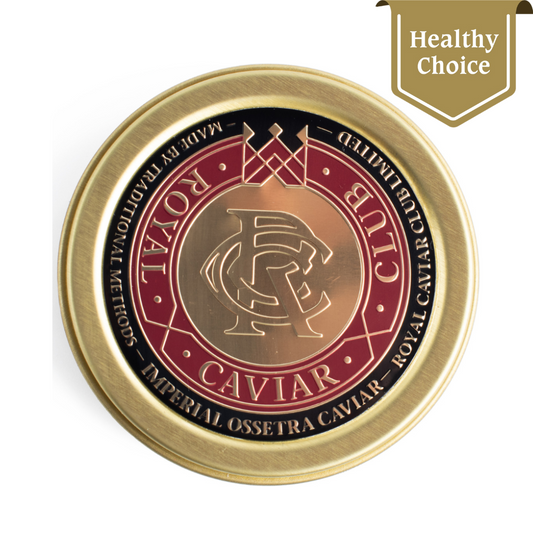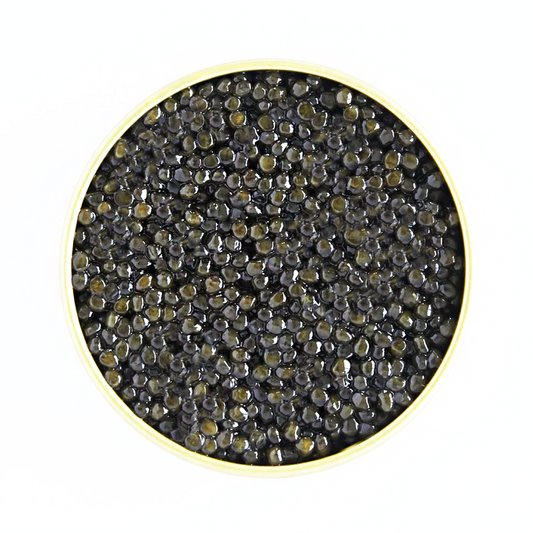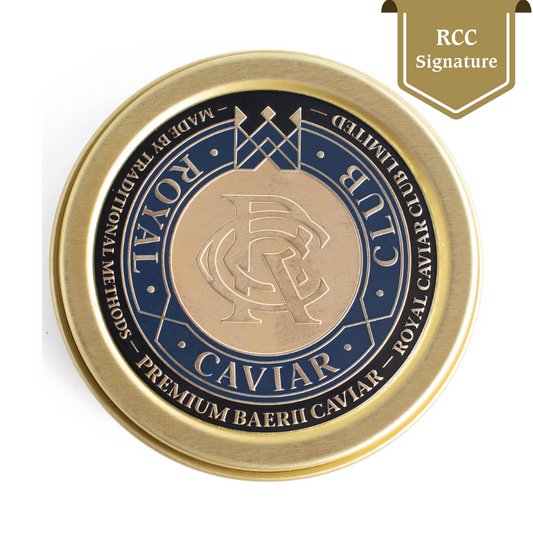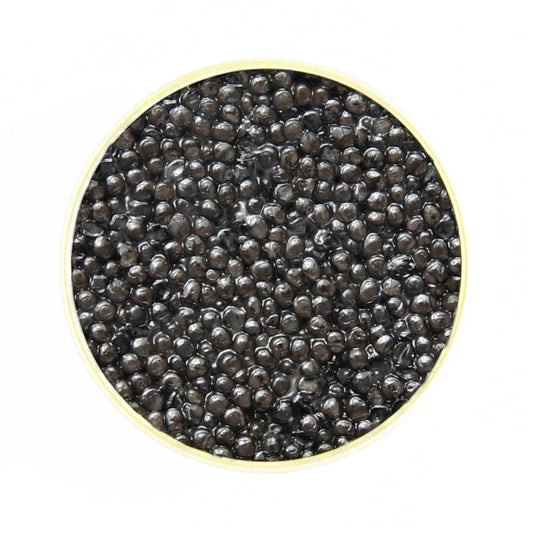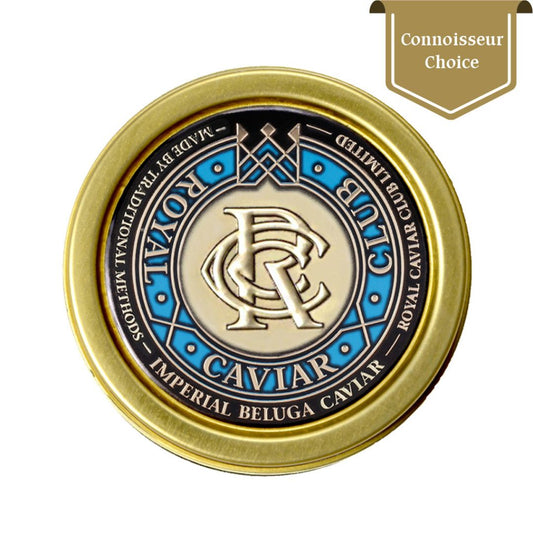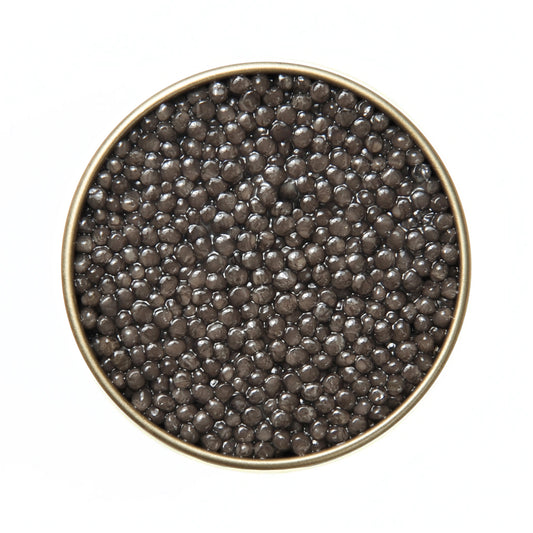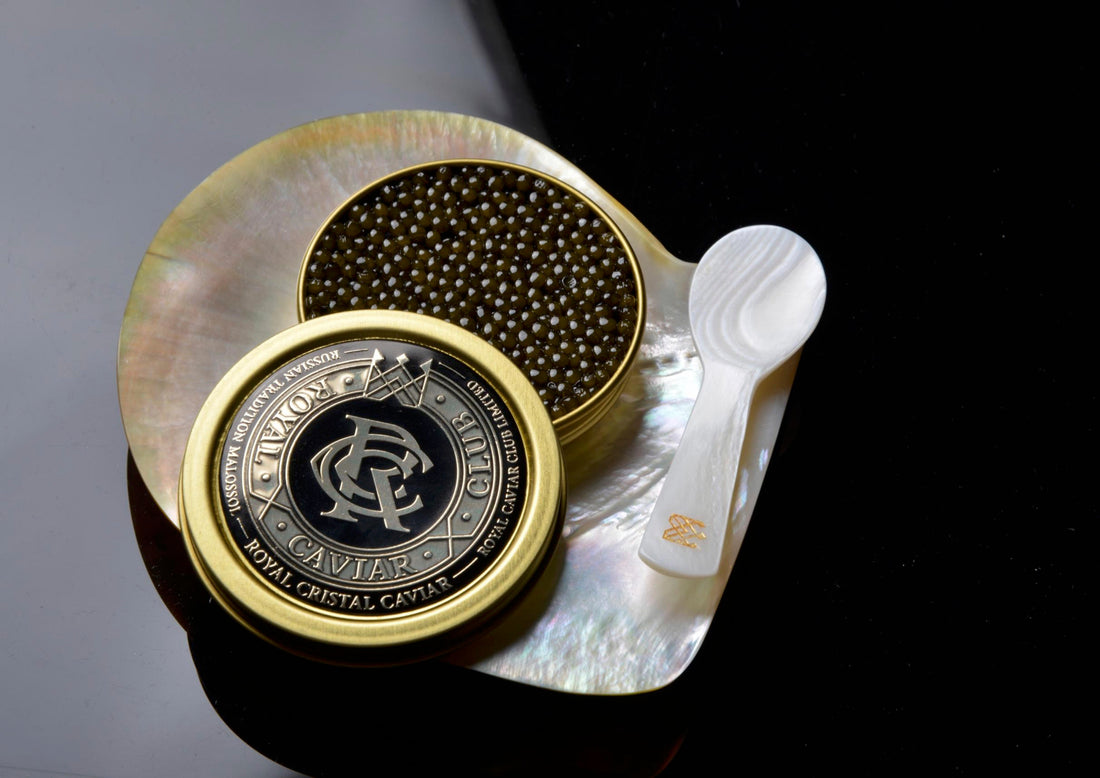
How to Choose Caviar? The Complete Beginner's Guide

When one thinks of luxury Russian goods sable coats and premium vodka come to mind but the most famous Muscovite delicacy is the dark roe of the sturgeon. Black caviar has long been known as a treat for the elite or something reserved for very special occasions for the rest of us. Now with international protection due to the overfishing of the egg-producing sturgeon, the mildly salty food is more desired and rarer than ever. That rarity naturally translates to a more expensive price on the restaurant menu or the shelf of the seafood specialty store.
The sturgeon has unfortunately become a victim of its popularity. Except for some modern attempts at harvesting the roe by chemically inducing the laying of eggs or squeezing the eggs from live fish, the gathering of the roe involves killing the fish to obtain the pure unfertilised roe that is caviar. Whether the opinion is subjective or real experts find the more humane ways of collecting the fish eggs do not yield the taste and quality of caviar gathered through more traditional harvesting procedures involving killing the fish. The sturgeon became endangered because fishermen traditionally catch the fish, remove the roe sack, and discard the carcass by throwing it back into the Caspian or the Black Sea where Russian caviar was taken for centuries.
The worldwide protection of the wild sturgeon caused suppliers of caviar connoisseurs to cultivate, literally, other means of production. For the past twenty years, Sturgeon varieties known as osetra, sevruga, and the most desired and famous beluga have all been raised commercially in farm ponds for their prized eggs. These farming operations can be found on every inhabited continent with China, Madagascar, Europe, and the Middle East all being major producers. To produce a quality grade product the fish must be ten years old before they can be harvested and taken for their eggs. In the wild, these fish, whose close ancestors date back to the time of dinosaurs, can live to be one hundred years old. As a result of the restrictions and the process now required to protect wild sturgeon and produce the beloved black caviar, prices can reach $100 an ounce for the black pearls, we all so enjoy. The controlled raising of the fish now used results in consistent caviar more uniform in size and flavor than the old-style black caviar, of course, those who are fortunate enough to have tasted wild-caught black caviar say the different diet and environment each fish in the wild was exposed to give complexity and uniqueness to the flavor from each fish that cannot be replicated in commercial production.
How do Experts Rate Caviar?

Gourmands know that black caviar is not the sole variety of this delicacy. Red caviar is also a delicious treat. The red variety of this dish comes from the roe of salmon and trout. These fish are more plentiful in the wild and easier to raise domestically and as a result, they produce a delicious but much less expensive variety of caviar. While black caviar is sold by the ounce red caviar is sold in greater and larger quantities.
With either type of caviar, it is important to know you are purchasing a quality product. Caviar, especially red caviar can be purchased by the pound, when evaluating the delicacy look for firm, round intact eggs. Color is an important indicator. Black caviar can be a deep khaki green or a dark gray. Red caviar is ruby to pink but never dull. The eggs should not cling together but separate individually and easily the individual eggs need not be uniform in size, too much similarity could signal the merchandise is not true caviar but a counterfeit substitute. Caviar that meets this criterion is what commercial buyers call Grade 1 caviar. Broken eggs with slime or viscous covering may be edible and perfectly fine for some recipes and uses. This less appealing type is Grade 2 caviar. Since we are evaluating caviar visually, it is assumed we are purchasing the product lose or in a glass container. Of course, caviar also comes in metal tins. When purchasing the product in this manner it is important to know and trust the manufacturer and check the expiration date. Canned caviar has a canned life of only six months, be sure your product is still fresh for the best flavor and results.
Can a Novice tell Good Caviar from Bad?

The other and preferred manner of testing caviar is, of course, to taste it. If you are purchasing in bulk from a specialty shop or an haute cuisine restaurant you may be able to sample before you buy. True caviar connoisseurs do not use metal spoons to taste or serve caviar as the chemical interaction may influence the taste and cause oxidation. Spoons made of bone or mother of pearl are the gourmet’s choice for touching caviar. While caviar is chilled for preservation purposes, experienced consumers will place a small amount on the back of their hand between the thumb and forefinger, as they feel bring the roe to body temperature releases additional flavors. When the round orbs are put in your mouth they should burst and release a flavor that is not chewy or crunchy. The delicacy can be consumed alone or on toast with a small amount of butter. The salty taste is a very agreeable companion to eggs or a bed of salad greens. Caviar will keep freshly refrigerated for ten days to two weeks but tends to get saltier as it ages. While vodka is traditionally thought to be the proper companion with good caviar does not overlook other spirits. Champagne especially a demi-sec variety with a slightly sweet taste will pair exceptionally with either black or red caviar.
Today sturgeon roe need not be wild or from the Caspian Sea to be excellent caviar, while experts and commercial buyers have rating criteria and systems for grading caviar, there is no reason the novice or occasional partaker of this delicious treat cannot be knowledgeable and confident they are enjoying the best quality product for their money. If they follow these simple guidelines.

